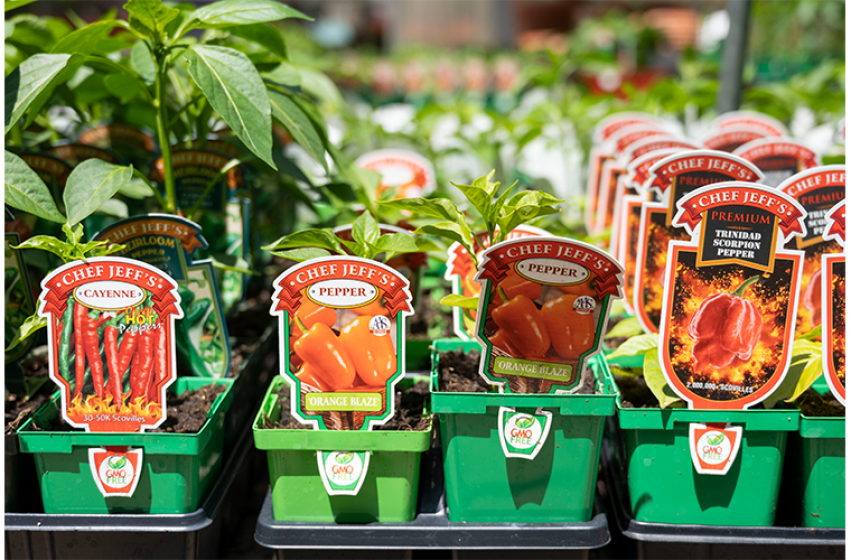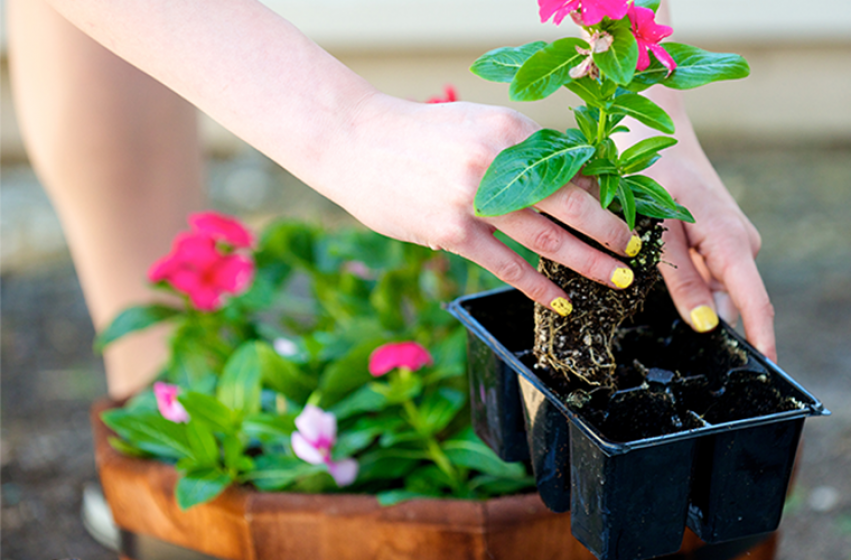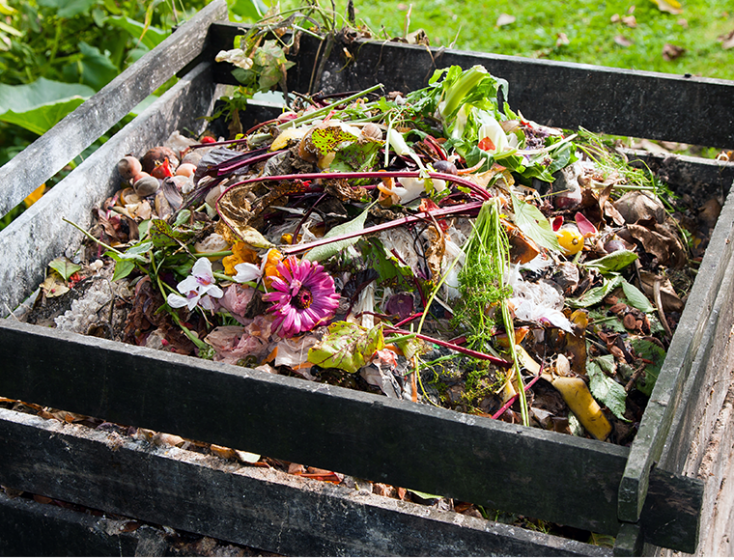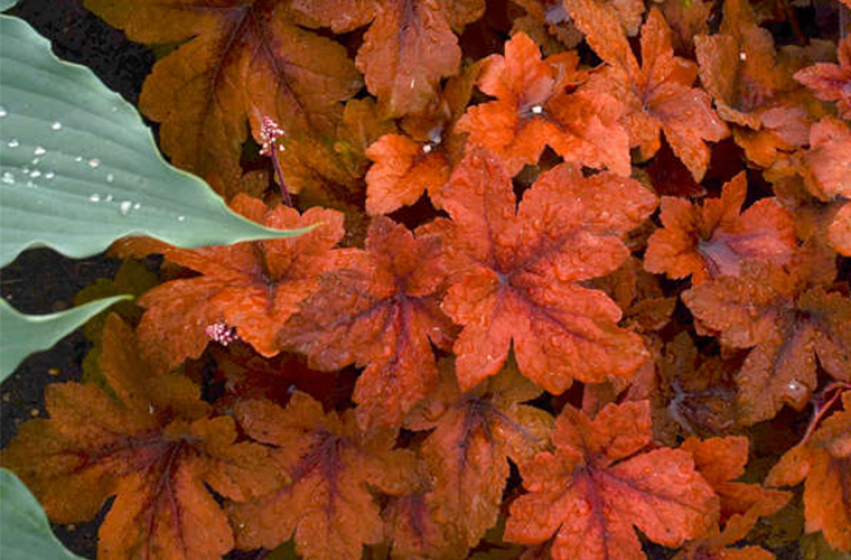Whether you prefer the cool crunch of a sweet bell pepper or the feisty fire of a chili pepper, nothing beats the flavor of a freshly picked pepper. Their rich green leaves, compact form, and brightly colored fruit make them a contender for most any garden space. Nowadays, there are – literally – hundreds of varieties to choose from and deciding what to grow is half the fun!
Peppers comes in a variety of flavors, from sweet to mild to blistering hot. And when it comes to peppers, there’s one thing most pepper enthusiasts can agree on – the Scoville Scale for peppers.
When you find yourself in a sensational garden it’s difficult to say just what it is that makes it so great. And garden spaces don't have to be large to be great. This small corner of lawn—with a small patio, weathered pergola, and ample seating —is perfect for relaxing at the end of a long day.
Additionally, we all respond in various ways to different things based on our memories of past experiences. If we had a particularly pleasant garden experience in childhood (haven’t we all?), those pleasant feelings will recur when we find ourselves in similar settings.
If you’re not convinced about growing in containers, we're here to persuade you otherwise. No matter what your gardening challenge, it's very possible that container gardening is the answer. Bad soil? Limited space? Small yard? No yard? No worries! You can grow just about anything in a container – veggies, herbs, annuals, dwarf evergreens, perennials, succulents, and more. Not only will containers add color, they can also provide a focal point in the garden, or tie in the architecture of the house to the landscape.
What is Composting?
In simple terms, it's a controlled breakdown of biodegradable garden or kitchen waste. All organic matter will, in time, break down through the interaction of soil microorganisms and become and excellent soil conditioner and nutrient supply for better growth of your plants, shrubs and lawn.
Heucheras, also known as coral bells or alum root, are shade perennials known mostly for their striking, robust foliage. Heucheras begin to bloom in late spring and produce clusters of small blooms on spindly stems, typically in a magenta pink (hence the name coral bells). New cultivars and hybrids are being introduced regularly, giving gardeners stunning new colors choices that range from silver and gold to lime, burgundy, chocolate brown, purple, green and more. Its foliage may be evergreen or semi-evergreen, depending on the climate.





